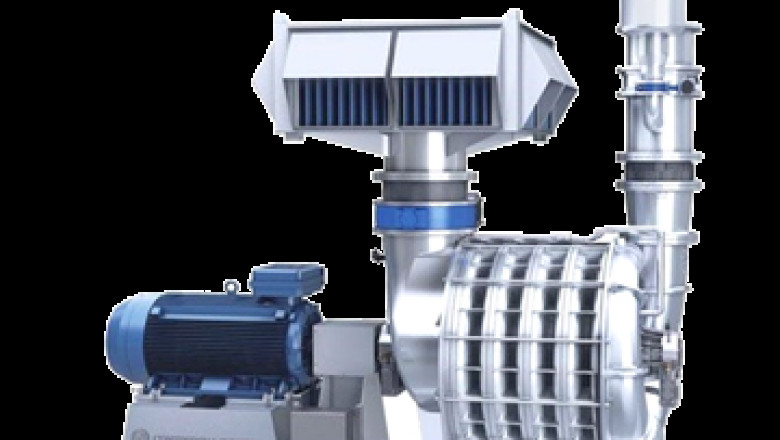views
The Impact of Centrifugal Vacuum Pumps in Semiconductor Manufacturing
Introduction
The semiconductor manufacturing industry relies heavily on precision engineering and advanced technologies to produce high-performance microchips. One of the most critical components in this process is the Centrifugal Vacuum Pump, which plays a vital role in maintaining clean and controlled environments during production. These pumps ensure efficient gas removal, pressure regulation, and contamination control—key factors in achieving high yields and superior chip quality. Companies like TMVT specialize in advanced centrifugal solutions, enhancing semiconductor fabrication processes with reliable and high-performance vacuum technology.
This article explores the significance of Centrifugal Vacuum Pumps in semiconductor manufacturing, their operational advantages, and their impact on production efficiency and product quality.
The Role of Centrifugal Vacuum Pumps in Semiconductor Fabrication
Semiconductor manufacturing involves multiple intricate processes, including etching, deposition, and lithography, all requiring precise vacuum conditions. Centrifugal Vacuum Pumps are widely used due to their ability to generate high vacuum levels while handling corrosive and abrasive gases efficiently.
Key Applications of Centrifugal Vacuum Pumps
- Wafer Processing – Ensures contamination-free environments during chemical vapor deposition (CVD) and physical vapor deposition (PVD).
- Etching Processes – Removes reactive gases and byproducts to maintain process stability.
- Lithography – Maintains ultra-clean vacuum conditions to prevent defects in photoresist layers.
- Leak Testing – Verifies the integrity of semiconductor components under vacuum conditions.
Advantages of Centrifugal Vacuum Pumps in Semiconductor Manufacturing
1. High Efficiency and Energy Savings
Centrifugal vacuum pumps are designed for optimal energy efficiency, reducing operational costs while maintaining consistent performance. Their ability to handle large gas volumes with minimal power consumption makes them ideal for large-scale semiconductor fabs.
2. Superior Contamination Control
Semiconductor manufacturing demands ultra-clean environments. Centrifugal Vacuum Pumps minimize oil contamination risks (common in traditional pumps) by using oil-free mechanisms, ensuring higher purity levels.
3. Durability and Low Maintenance
With fewer moving parts compared to other vacuum technologies, centrifugal pumps experience less wear and tear, leading to longer service life and reduced downtime.
4. Handling Aggressive Gases
These pumps are engineered to withstand corrosive and hazardous gases used in semiconductor processes, preventing degradation and ensuring long-term reliability.
Challenges and Innovations in Centrifugal Vacuum Pump Technology
While Centrifugal Vacuum Pumps offer numerous benefits, challenges such as vibration control and thermal management persist. However, advancements in magnetic bearing technology and improved rotor designs have significantly enhanced their stability and efficiency.
Companies like TMVT continuously innovate to provide robust solutions tailored for semiconductor applications, ensuring higher reliability and performance.
Future Trends in Vacuum Pump Technology for Semiconductors
As semiconductor nodes shrink to 3nm and below, the demand for ultra-high vacuum precision increases. Future developments in Centrifugal Vacuum Pumps include:
- Smart Monitoring Systems – IoT-enabled predictive maintenance to reduce failures.
- Higher Pumping Speeds – Faster evacuation for improved throughput.
- Green Technology – Energy-efficient designs to support sustainable manufacturing.
Conclusion
Centrifugal Vacuum Pumps are indispensable in semiconductor manufacturing, ensuring high efficiency, contamination control, and process stability. With continuous advancements, these pumps will remain a cornerstone in the production of next-generation microchips. For cutting-edge centrifugal vacuum solutions, explore TMVT’s offerings to enhance your semiconductor fabrication processes.














Comments
0 comment